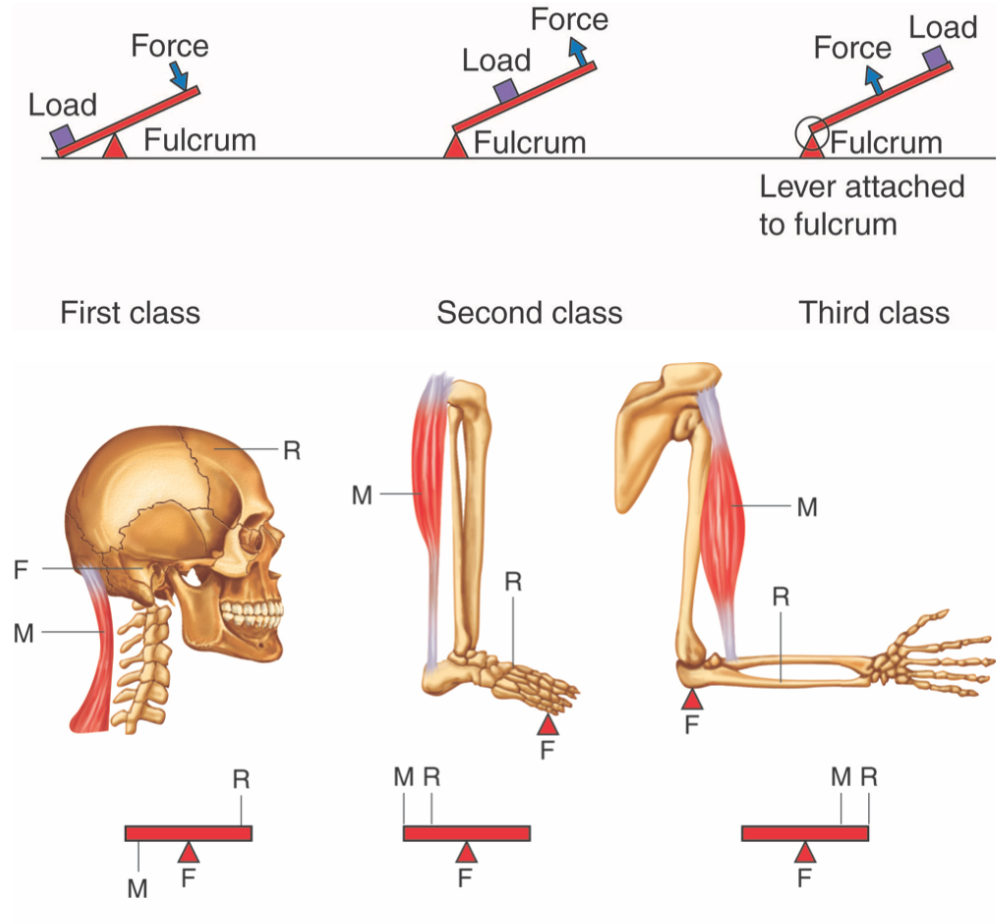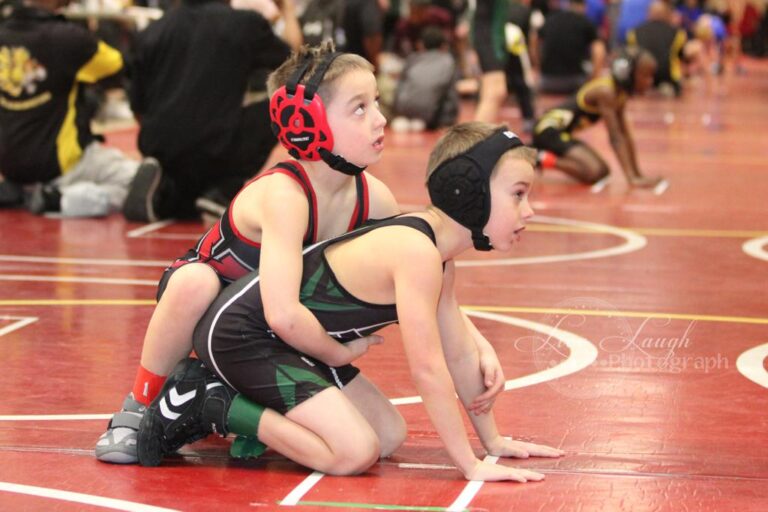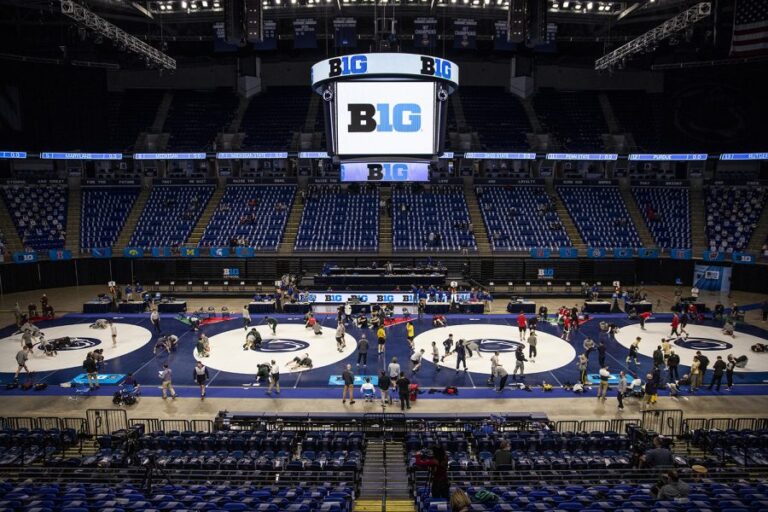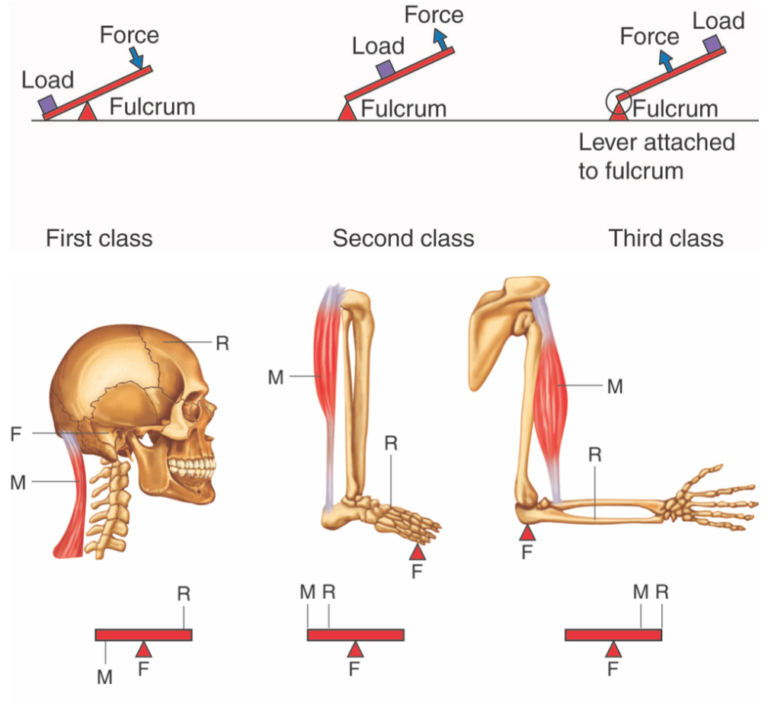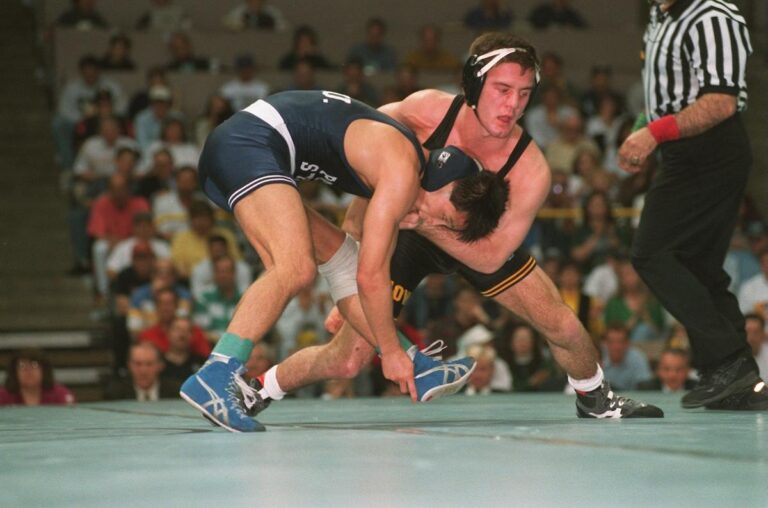What Muscle is Used in Arm Wrestling: Unleash Strength!
The primary muscle used in arm wrestling is the brachialis. This muscle plays a crucial role in flexing the elbow.
Arm wrestling is not just a test of strength; it’s a science of muscle power, technique, and endurance. Engaging in this competitive sport requires more than just brute force. Understanding the mechanics behind it can significantly improve performance. The brachialis muscle, located in the upper arm, is essential for giving arm wrestlers the leverage and strength they need during a match.
Alongside, other muscles like the biceps brachii and various forearm muscles contribute to the complex interplay of forces in arm wrestling. Training these muscles effectively can make a substantial difference in an athlete’s performance, highlighting the importance of a targeted workout regimen. This sport combines physical strength, strategic positioning, and psychological tactics, making it a fascinating subject of study and an exciting competitive field.
Introduction To Arm Wrestling
Arm wrestling demands strength from specific muscles, notably the biceps and forearms. Engaging these muscles effectively is key to overpowering an opponent in this intense sport.
Arm wrestling is a battle of strength, skill, and strategy. It pits two competitors against each other in a test of arm power. The goal is simple: pin your opponent’s arm to the table.
The Sport’s Appeal
Arm wrestling draws competitors of all ages and sizes. It’s a sport where technique can beat raw strength. The thrill of victory and the agony of defeat happen within seconds. Fans love the intensity and the display of power.
Basic Rules
- Competitors must keep elbows on the table.
- The match starts when the referee gives the signal.
- Winning requires pinning the opponent’s wrist to the pad.
- False starts or early movements can lead to disqualification.
Key Muscles In Arm Wrestling
Arm wrestling challenges your muscles in a unique way. It’s not just about brute strength; knowing which muscles to train can give you the winning edge. Let’s dive into the key players in this power-packed sport.
Brachialis: The Powerhouse
The brachialis muscle is crucial in arm wrestling. It lies beneath the biceps. This muscle flexes the elbow, powering your arm forward. To strengthen the brachialis, focus on hammer curls and reverse curls.
Forearm Muscles: Grip And Control
A strong grip can make or break a match. The forearm muscles control this. They include the flexors and extensors. These muscles move your wrist and fingers. For a better grip, practice wrist curls and extensions.
- Flexors: They close your hand.
- Extensors: They open it.
Exercises like farmer’s walks also boost forearm strength. Use a thick grip to challenge these muscles more.
| Exercise | Muscle Targeted | Benefit |
|---|---|---|
| Hammer Curls | Brachialis | Elbow Flexion Power |
| Wrist Curls | Forearm Flexors | Improved Grip Strength |
| Reverse Curls | Brachialis and Forearm | Overall Arm Stability |
| Farmer’s Walks | Forearm Muscles | Enhanced Grip Endurance |
The Role Of The Biceps
Arm wrestling tests strength and technique. Biceps play a key role. They help bend the elbow and turn the hand. Strong biceps give an advantage in arm wrestling.
Biceps Brachii: More Than Just Looks
Biceps brachii, commonly known as biceps, are crucial for arm strength. They are not just for show. These muscles are prime movers in arm wrestling. Biceps consist of two heads: long and short. They work together during arm wrestling matches. Strong biceps can overpower an opponent’s arm.
Training Tips For Bigger Biceps
Proper training can build bigger, stronger biceps. Here are some tips:
- Focus on form: Correct technique is vital. It prevents injuries. It ensures muscle growth.
- Vary exercises: Include curls, hammer curls, and chin-ups. This targets both heads of the biceps.
- Use free weights: Barbells and dumbbells are effective. They engage stabilizing muscles.
- Increase resistance: Gradually add weight. It challenges the biceps to grow.
- Rest and recover: Muscles need time to repair. Take days off between bicep workouts.
Consistent training leads to stronger biceps. Stronger biceps improve arm wrestling performance. Start training today and see the difference.
Triceps For Arm Wrestling
Arm wrestling demands strong muscles. Triceps are vital here. Triceps give the arm strength to push. They are key for winning in arm wrestling. Let’s explore the triceps role and how to build them.
Triceps Brachii: The Pushing Force
The triceps brachii muscle extends the elbow. This action is crucial in arm wrestling. Strong triceps apply the pushing force needed. They help overpower the opponent’s arm. A well-developed triceps brachii can be the difference between winning and losing.
Exercises For Stronger Triceps
Building stronger triceps requires targeted exercises. Here are effective ones for arm wrestlers:
- Close-grip Bench Press: Focuses on triceps, builds pushing power.
- Tricep Dips: Enhances overall arm strength.
- Overhead Tricep Extension: Isolates the triceps, improves lockout ability.
- Skull Crushers: Targets tricep muscles directly.
- Diamond Push-ups: Strengthens triceps and chest.
Include these exercises in your routine. They will help build the triceps strength needed for arm wrestling. Strong triceps can lead to better performance on the table.
Shoulder And Back Muscles
Arm wrestling puts a spotlight on the power of shoulder and back muscles. These muscles play vital roles in arm wrestling success. Let’s explore two key muscle groups that give arm wrestlers their edge.
Deltoids: The Stability Factor
Deltoids are the shoulder muscles that cap the upper arm. They are critical for arm wrestlers. These muscles control movement and provide the force needed to pin an opponent’s arm. A strong deltoid muscle can make a significant difference in a match. Here’s why they matter:
- Stabilizes the shoulder joint
- Enables lateral and vertical movement
- Supports endurance during long matches
Latissimus Dorsi: The Secret Weapon
The latissimus dorsi, often called “lats,” are large muscles in the back. They are essential for pulling movements in arm wrestling. These muscles contribute to the downward force applied during a match. The strength of the lats can turn the tide in a wrestler’s favor. Here’s what makes them so powerful:
| Function | Benefit |
|---|---|
| Arm Adduction | Draws the arm closer to the body |
| Shoulder Extension | Pushes the arm down |
| Internal Rotation | Twists the arm inward |

Credit: m.youtube.com
Grip Strength And Techniques
Arm wrestling demands strong muscles. Grip strength matters most. Good techniques can give you an edge. Let’s explore how to enhance your grip for arm wrestling.
Improving Your Grip
Grip strength is vital in arm wrestling. It’s the link between power and the table. A stronger grip means better control. It overpowers your opponent’s hand and wrist. To improve your grip, focus on exercises that target your hand muscles. Include forearm workouts in your routine. Use grippers, or squeeze a tennis ball. Try to hold a heavy dumbbell for as long as possible. These activities will build your grip strength over time.
Hand And Finger Exercises
Hand and finger exercises boost dexterity and strength. Start with simple stretches. Extend your fingers wide, then make a fist. Repeat this to warm up. Use rubber bands for resistance training. Place them around your fingers and open your hand against the resistance. This works your extensor muscles. Finger push-ups can also strengthen your digits. Place your hands on a flat surface. Press down and lift your body slightly using only your fingers. Do these exercises regularly for best results.
| Exercise | Description | Reps |
|---|---|---|
| Gripper Squeezes | Squeeze a hand gripper | 10-15 |
| Tennis Ball Squeeze | Compress a tennis ball | 10-15 |
| Dumbbell Hold | Hold a heavy dumbbell | 30-60 sec |
| Rubber Band Stretch | Open hand against band | 10-15 |
| Finger Push-Ups | Lift body with fingers | 5-10 |
- Stretch fingers and hands daily.
- Use grippers to build strength.
- Squeeze a tennis ball for grip power.
- Try finger push-ups for solid hands.
Training And Nutrition
Arm wrestling demands strength, technique, and endurance. Success requires dedicated training and nutrition. Key muscles include the biceps, triceps, forearms, and shoulders. A well-designed workout routine and diet plan are crucial. They help build these muscles effectively.
Workout Routines For Arm Wrestlers
Effective training enhances performance. Beginners and pros alike benefit from targeted exercises. Focus on both strength and endurance.
- Isometric exercises: Boost holding strength.
- Curls: Build biceps and forearms.
- Wrist rotations: Strengthen wrists for better grip.
- Tricep dips: Increase arm lock-out power.
- Shoulder presses: Develop shoulder stability.
Include rest days for muscle recovery. Balance workouts with both heavy and light training days.
Diet: Fueling Muscle Growth
Eating the right foods supports muscle growth and recovery. Key nutrients include protein, carbohydrates, and healthy fats.
| Meal Time | Food Group | Examples |
|---|---|---|
| Breakfast | Protein + Carbs | Eggs, Oats |
| Lunch | Protein + Veggies | Chicken, Salad |
| Dinner | Protein + Fats | Fish, Avocado |
| Snacks | Various | Nuts, Yogurt |
Stay hydrated. Water aids in nutrient transport and muscle function. Aim for balanced meals. They should provide energy and aid recovery.

Credit: osilasgallery.org
Psychology And Strategy
Arm wrestling is not just a test of strength. It combines mental power with physical prowess. Knowing the right psychology and strategy can tip the balance in your favor. Let’s dive into how mental toughness and strategic moves play a pivotal role in arm wrestling.
Mental Toughness In Competition
Mental toughness is crucial in arm wrestling. It’s the ability to stay focused and calm under pressure. A strong mind can often overcome a strong arm. Competitors use various techniques to build this mental fortitude:
- Visualization of winning
- Positive self-talk
- Stress management routines
These techniques help wrestlers to maintain confidence and control emotions during a match.
Strategic Moves And Counter-moves
Knowing the opponent’s tactics and having a counter-strategy is key. Wrestlers must read the opponent’s moves and react swiftly. Here are some common strategies:
| Move | Counter-move |
|---|---|
| Top-roll | Hook technique |
| Hook | Back pressure |
| Shoulder press | Side pressure |
Practicing these moves and counter-moves develops a wrestler’s ability to adapt and win.
Credit: www.reddit.com
Frequently Asked Questions
Which Muscle Is Used Most In Arm Wrestling?
The brachioradialis muscle is primarily engaged during arm wrestling, providing the necessary leverage and control.
Does Arm Wrestling Prove Strength?
Arm wrestling tests specific muscle strength, especially in the arm and shoulder. It’s a measure of technique, endurance, and leverage, not overall strength.
Does Arm Wrestling Build Muscle?
Arm wrestling can help build muscle, particularly in the arms, shoulders, and chest. Regular practice and proper technique are essential for muscle growth. It’s also a fun way to engage in physical activity.
What Are The Most Important Muscles For Wrestling?
The key muscles for wrestling include the quadriceps, hamstrings, glutes, core, and upper body muscles like the pectorals, deltoids, and biceps.
What Muscles Are Dominant In Arm Wrestling?
Arm wrestling primarily engages the biceps, forearms, and shoulders, with secondary involvement from the chest and back muscles.
Conclusion
Understanding the key muscles engaged in arm wrestling can enhance your technique and performance. The brachialis, biceps brachii, and forearm muscles play pivotal roles. Strengthen these through targeted workouts for a competitive edge. Remember, skill and strategy are as crucial as muscular power in winning at arm wrestling.
Stay informed and train smart.
